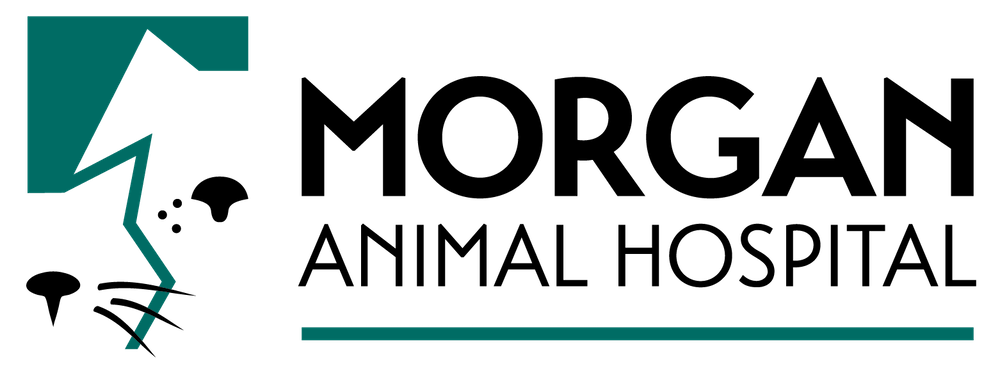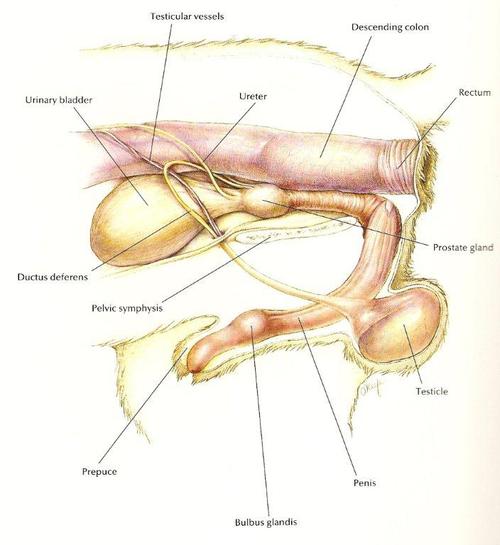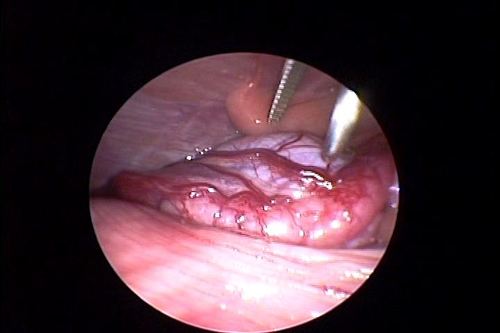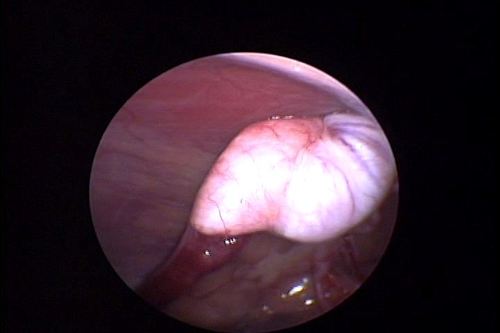
Dusty was just like any other playful and energetic 6 month old male Cockapoo except for one difference. Usually by 6 to 8 weeks of age, the testicles of male puppies would have descended into their normal location inside the scrotum. Unfortunately for Dusty, his did not even by 6 months of age.
This condition is called “Cryptorchidism” and occurs in approximately 0.8 to 10% of dogs depending on the breed. When it occurs the undescended testicle(s) may be located in the abdomen or in the groin (inguinal) area. Dusty had 1 testicle in each location. Castration(neutering) in general is recommended for any non-breeding male to help deter some behavioural issues in male dogs as well as reducing some aggressions. Neutering also prevents tesicular infections, torsions and cancer and also significantly reduces prostate disease and cancer. For cryptorchid dogs, the undescended testicle is 13.6 times more likely to get cancerous than normal male dogs and further justifies castration.
Performing castration on a dog with cryptorchdism is significantly more difficult due to trying to locate the testicle(s) and trying to remove them with minimal trauma. The testicles that are located in the abdomen are especially more difficult since the testicle may be located as high as the level of the kidneys to where they exit the abdomen (inguinal ring) next to the prostate and bladder (see diagram above). Using traditional surgical techniques, this uncertaintly can lead to a very large incision in the abdomen in an attempt to locate the testicle and therefore dramatically increase the amount of post-op pain and increase the chance of infections, etc.
Using endoscopy and in this case “Laparoscopy” allows us to make a very small 2-3 mm incision to allow the camera to enter the abdomen to locate the testicle. Once the testicle is found, a separate small incision can be made directly over the testicle to grasp and remove the testicle (i.e. laparoscopic assisted). The tesicle can then be ligated (tied off) as usual leaving only 2 very small incisions that need to be closed rather then a very large one.
Dusty healed well from his surgery and is running around playing with his family as if nothing ever happened. If you have a cryptorchid dog or any questions about this new surgical technique, do not hesitate to call us.






